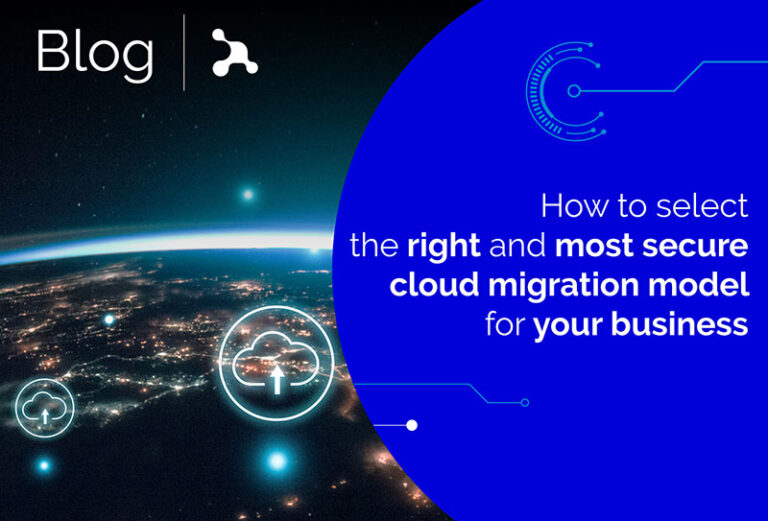Cloud migration has become a necessity for many companies today. However, choosing the right cloud model is crucial for the success of this transition. In this blog, we will explore the factors you should consider before making this important decision.
Before delving into the details, you should know that selecting the correct cloud model is essential for your company, as making the wrong choice can lead to security issues, inefficiency, and unnecessary expenses.
With this in mind, we present the 8 key factors you should consider:
1. Security Requirements:
Assess the sensitivity of your data and ensure that the evaluated cloud provider meets the necessary security standards for your industry and has extensive knowledge and experience with other companies in the same sector.
2. Scalability:
Ensure that the cloud model allows for seamless scalability to adapt to the changing needs and growth objectives of your company.
3. Costs and Budget:
Understand the costs associated with each cloud model (public, private, hybrid) and make sure they fit within your budget.
4. Regulatory Compliance:
If your company operates in a highly regulated industry by different entities, always verify that the cloud model complies with all applicable regulatory requirements and helps you do so more efficiently.
5. Workload and Applications:
Consider which applications and workloads will migrate to the cloud. Some may be better suited for a specific model. To do this, it’s important to have a clear understanding of the migration’s purpose and everything directly involved in achieving that.
6. Support and Customer Service:
The quality of support and customer service from the cloud provider is crucial. Research the provider’s experience, technological partnerships, and the experiences of other customers, either directly or through the company’s success stories.
7. Performance and Latency:
If you rely on real-time applications, it’s vital to evaluate the performance and latency of the cloud provider or the company handling the migration.
8. Disaster Recovery and Business Continuity:
It’s important to ensure that the cloud model has robust content recovery capabilities in the event of disasters and can guarantee business continuity.
Finally, once you have evaluated these 8 factors, you CAN MAKE AN INFORMED DECISION, KNOWING THAT CHOOSING THE RIGHT CLOUD MODEL IS ESSENTIAL FOR THE SUCCESS OF YOUR BUSINESS.
Always assess your needs carefully and consider factors such as security, scalability, costs, and regulatory compliance before proceeding with the migration, so that you can fully leverage the benefits of the cloud and steer your company towards a successful technological future.




